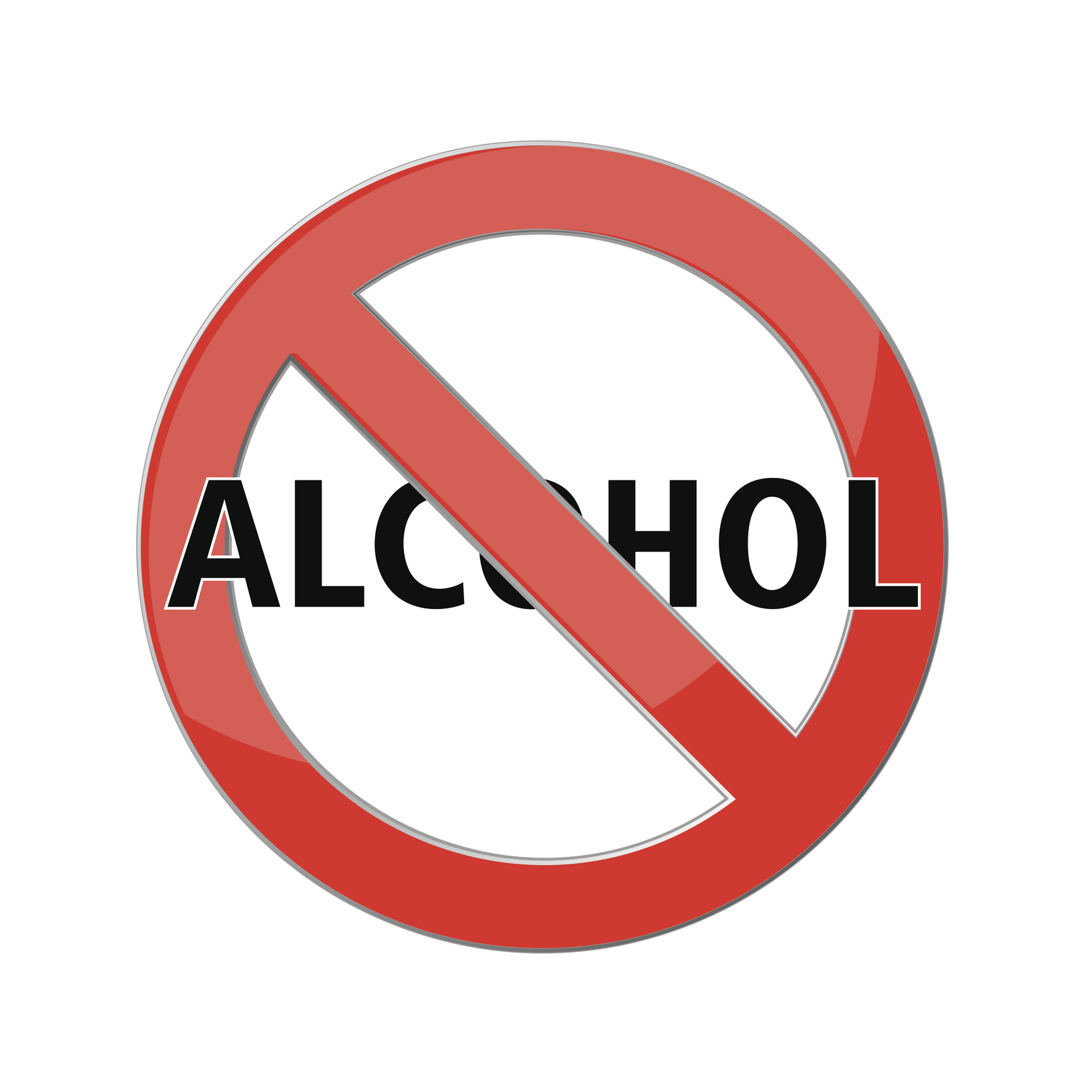 In 2012, a campaign began in England to decrease alcohol consumption. It's gained momentum in the UK, and it's making its way into the United States. According to the National Institute on Alcohol Abuse and Alcoholism (NIH) 87.6 percent of United States adults 18 and older have drank alcohol at one point in their lifetime. It's a perfectly acceptable social institution, but drinking alcohol can turn deadly. In 2014, about 88,000 people died from alcohol-related causes and another 10,000 died from alcohol-impaired driving fatalities. In 2010, it's estimated that the misuse of alcohol cost the United States about $249 billion. And even though it's illegal for people under 21 to buy alcohol, 34.7 percent of 15-year-olds have had a drink at some point in their life.
In 2012, a campaign began in England to decrease alcohol consumption. It's gained momentum in the UK, and it's making its way into the United States. According to the National Institute on Alcohol Abuse and Alcoholism (NIH) 87.6 percent of United States adults 18 and older have drank alcohol at one point in their lifetime. It's a perfectly acceptable social institution, but drinking alcohol can turn deadly. In 2014, about 88,000 people died from alcohol-related causes and another 10,000 died from alcohol-impaired driving fatalities. In 2010, it's estimated that the misuse of alcohol cost the United States about $249 billion. And even though it's illegal for people under 21 to buy alcohol, 34.7 percent of 15-year-olds have had a drink at some point in their life.
Alcohol Abuse
NIH estimates that about 16.3 adults in the United States meet the criteria of an alcohol use disorder. AUD is a specific medically diagnosable condition related to the effects drinking alcohol has on a particular user. Women who drink no more than three drinks on any given day and no more than seven drinks a week are defined as having a low-risk for developing AUD. For men, it's defined as having no more than four drinks on a single day and no more than 14 drinks in a week. Heavy drinking is defined as having five or more drinks at the same occasion for five or more days in the past month.
College students have a very high risk of consequences from AUD or heavy drinking. About 20 percent of college students could be diagnosed with an AUD. Twenty-five percent of college students have experienced lower grades or doing poorly on exams because of their drinking. Almost 2,000 college students aged 18 to 24 die each year from alcohol-related injuries, such as motor-vehicle crashes. Alcohol misuse is a leading risk factor for premature death and disability, and this figure is not limited to the United States. It's a global phenomenon. NIH also estimates that more than 10 percent of the children in the United States have a parent with alcohol problems.
Benefits of a Dry January
One study found that engaging in a dry January, in which no alcohol is consumed for 31 days, has health benefits. It contributes to better liver function and reduces the risk for diabetes. It also makes you think about better drinking habits all year long. Unfortunately, the studies rely on volunteer participants who are moderate drinkers. If you drink heavily or rely on alcohol, a dry January may not be possible without professional intervention.
Many people find that when they stop drinking for a specified time, it's possible to have fun without alcohol. January was chosen as a dry month because of the holiday parties and events that we've engaged in during December. It's a good time to remember how to be social without a drink in hand. Many people who choose one sober month of the year go on to consume less alcohol all year long.
While there are health benefits of moderate alcohol drinking, it should be noted that alcohol contributes to more than 200 diseases and health conditions. About 5.1 percent of all disease and injury is attributed to alcohol consumption. Alcohol might be legal to buy and to use, but that doesn't diminish the effects it has on society. If you're going to drink, do so responsibly. Know your limit and have a snack or a meal before drinking. Sip your drink slowly. Only accept alcohol when you want a drink, not when someone else wants you to drink. Make sure you have a responsible driver if you do drink. Call a cab or get a friend to take you home. Stay safe, whether you have a sober January or not.



